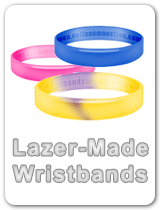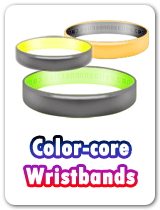Features of Silicone :
Silicone elastomers:
- Silicone elastomers are extensively cross-linked and contain little free PDMS fluid.
- The barrier coating of breast implant shells is a special silicone elastomer which is selected specifically to minimize migration of PDMS from the implants.
- The tensile strength and tear resistance of silicone elastomers may be increased by addition of amorphous silica which is usually pre-treated with organ silicon compounds to enable it to be tightly incorporated into the polymer network.
- Silicone materials contain a relatively high proportion of silicon (in general, about 20% by mass for PDMS).
- Quantitative measurement of silicon has therefore proved to be a convenient means of determining the silicone content of industrial materials.
- This method has the advantage of greater simplicity, in comparison with methods specific to silicone groups.
- The analyses must make allowance for the possibility of high levels of adventitious contamination of reagents and equipment arising from the wide natural distribution of silicon in the form of silica and silicates.
- While in industrial applications it is convenient to measure silicon as a way to determine the silicone content of materials, it does not follow that the same proportions apply in the human body: in other words, you cannot assume that silicon is an indicator of silicone in the body.
- Silicon levels by themselves should not be interpreted as an accurate measure of silicone content in body fluids.
- There is widespread use of silicone materials and it is difficult to avoid exposure to them.
- Silicone is incorporated into medicines; used in food processing (for example, canning and ready meals); used in a wide range of medical devices; used as putty and sealants
- The use of silicone oils in food processing and food contact can give rise to systemic exposure to small chain silicone components which are known to be absorbed through the gastrointestinal tract..
- Silicone is used in domestic and personal products such as cleaning solvents, hand cream, hair and skin products, and antiperspirants. It may be absorbed orally or through the skin and absorption can be measured on a scale from 'minimal' to 'well'.
- Silicone is also incorporated in some medicines and medical devices. For example, silicone oil is commonly used as a lubricant in syringes and blood giving sets.
- People with insulin dependent diabetes are exposed to small but regular doses of silicone oil, resulting in a large, cumulative exposure to silicone over a period of time.
- Silicones are also used during surgery to repair retinal detachment.
- Silicone is also incorporated in some medicines and medical devices. For example, silicone oil is commonly used as a lubricant in syringes and blood giving sets.
- People with insulin dependent diabetes are exposed to small but regular doses of silicone oil, resulting in a large, cumulative exposure to silicone over a period of time. Silicones are also used during surgery to repair retinal detachment.
Measurement of silicone:
Uses of silicone:



